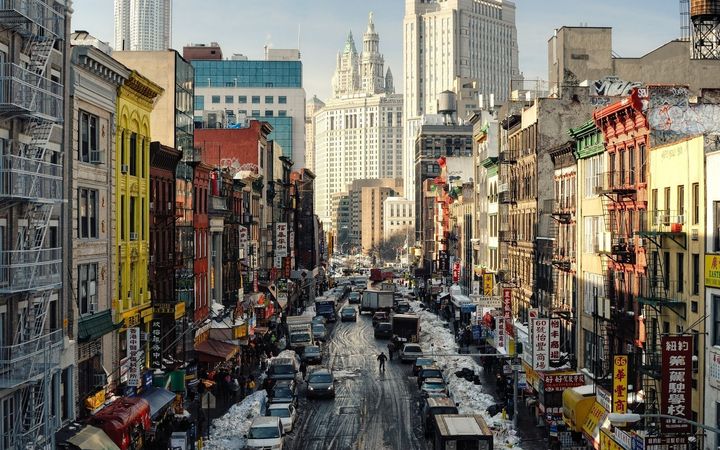While not a lot of city planners or mayors have talked about it, a revolution of the city is taking place.

Indeed, it may spell the rebirth of the city, maybe a renaissance of an earlier era like Venice or Florence renowned for its picturesque canals, art and cultural institutions, its lack of motorized vehicles, and now with green spaces and parks, cafes and meeting places.
The idea of a driverless car frightens some people who cannot image life without the things that best describes them. Remember the test, “If you were a car what model would you be? “
Many others don’t so much identify with a car...they just want to get somewhere, get from A to B with minimal hassle. Uber and Lylt and other car services are meeting the demand.

Uber just announced the, “as needed,” purchase of 25,000 cars from Volvo to be delivered over the course of 2019 to 2012. Other car manufactures and high-tech companies like Google and Apple are getting in on the action.
The day is soon coming when you can choose your car but you won’t be diving it. It’ll be driverless. This is a fact.
James Kunstler, author of The Geography of Nowhere, hates what the automobile has done to our urban landscape.
He dates this to 1939 at the World's Fair in Flushing Meadows, N.Y. when, the most popular exhibition, he has said, was "The World of Tomorrow in the General Motors Pavilion."
It featured an enormous model of a "City of the Future," complete with elevated freeways, on-ramps and off-ramps and gleaming skyscrapers separated by miles and miles of asphalt. This is the date he believes when the decline of our cities started.

The automobile became a mass commodity within reach of the middle and even lower economic strata of society. It also made possible a large-scale exodus from America's central cities to the suburban fringe, and ultimately accelerated, the many serious social problems that still threaten American cities today. These difficulties range from racial and social segregation of U.S. society to daunting problems of urban sprawl and environmental degradation.
Now it seems the reverse is happening.
Over half the world lives in cities today and by some estimate that will rise to 66% of the population. Without an automobile, the city will be repurposed to accommodate more green spaces, more housing, more businesses too. According to the Urban land institute , the city has become the most desirable location for most people who want to be close to all a city has to offer: art and cultural institutions, cafes and restaurants, parks and recreation spaces, sports arenas and of course, schools and other educational places for our youth.
More perhaps, cities have become the new incubators of creativity and innovation, the place where ideas are born, and new ideas for making the world a better place, the place where productive and innovative, knowledge based products and services are born ... this is a reality. This is a place where America will show its prowess in the new world economy.
For most of us, the city is also home, a place where we live, and work and play. A place where we raise our children. develop their sense of right and wrong, and they learn about one’s self and their fellow man. Importantly, these are the places where attitudes about life, and values and politics converge and where new ideas take root.
As Economist Edward Glaeser once said, “Cities are so fascinating because they play to mankind’s greatest gift, which is our ability to learn from other people.”